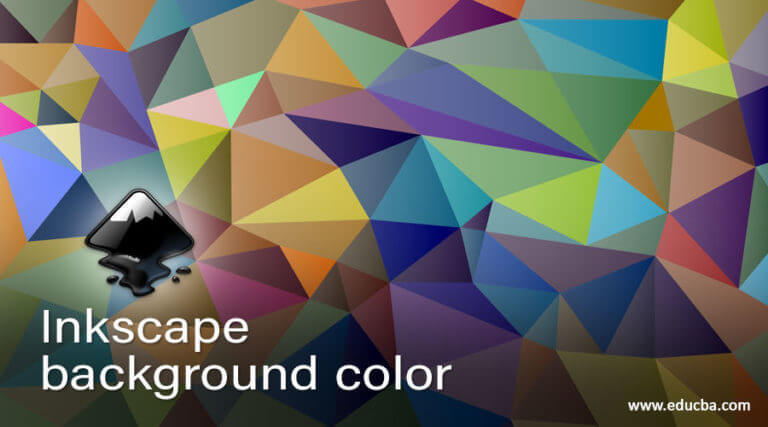

'gtk-2.0/tweaks.css' _AND_ 'gtk-3.0/tweaks.css' files of each sub-theme: ClassicLooks, ClassicLooks Bronze, etc) byĮditing the filenames which have the form 'key-name-XXX.css' in the Various appearance options for widgets can be easily changed for eachĬlassicLooks "sub-theme" (e.g. 'ClassicLooks/gtk-3.0/settings.ini' will change the scrollbars/seekbarsīehavior for all ClassicLooks sub-themes). Scrollbars' behavior to point-of-click (note that this setting in

'ClassicLooks/gtk-3.0/settings.ini' file, but this will also change the 'gtk-primary-button-warps-slider=true' in the The seekbar knob to the point-of-click) by setting Hacking: you can make the seekbars behave in the default Gtk3 mode (i.e. (or trackpad, etc) to rapidly change the seek position to a desired point. Mouse pointer anywhere over the seekbar slider and then use your mouse wheel You can still use Gtk3 seekbars conveniently by placing the Which implies that seekbar knobs will also move in increments and _not_ to the The 'ClassicLooks' theme chooses to preserve scrollbar consistency with Gtk2, Gtk3 seekbars will move in increments and not to the point-of-click. GtkScale which is commonly used as a "seek bar" in media players etc, such that 'gtk-primary-button-warps-slider=false' is that not only scrollbars areĪffected, but rather _all_ widgets that are using GtkRange, including e.g. '/gtk-3.0/settings.ini' file however, the problem with setting Per-theme custom setting 'gtk-primary-button-warps-slider=false' in the The Gtk3 default scrollbar behavior can be changed to Gtk2 behavior by adding a Point-of-click (by default) instead of moving one page up/down (the latter is That, when clicking above/below the scrollbar knob, the knob moves to the The default behavior of scrollbars in Gtk3 has changed from Gtk2 in the sense "sub-themes", and new self-contained ClassicLooks-based themes can be created. However,Ĭertain end-user customization tweaks are possible for each of the existing _cannot_ be easily hacked into a dark theme in the current version. _not_ create this file inside any of ClassicLooks theme's folders, as theseįolders get deleted each time you update/install a new version.ĬlassicLooks is a _LIGHT_ theme (dark foreground/light background), and it in your theme folder '~/.themes') in particular, do Caution: you should create your 'my-classiclooks-hacks' file in a _persistent Such that you can easily re-apply them to each new update/installation. Which you should write down any teaks you have made to your installation (e.g.įor an existing "sub-theme", or for a new "sub-theme" that you have created), Problem, although a bit tedious, is to create a 'my-classiclooks-hacks' file in A straight-forward way to work around this
Inkscape themes install#
MADE TO YOUR PREVIOUS INSTALLATION WILL BE LOST as part of the install ~ This file last changed in version 1.0.0 ~Įach time you install/update the ClassicLooks theme, ANY HACKS THAT YOU HAVE To give you an idea of how involved a process it is to customize a theme, even when customization is supported and encouraged by the theme’s original author(s), here’s the content of that file, which I’ve run through fold -s to wrap the long lines: ClassicLooks/TOOLS/CONFIG/HACKING taken from the classiclooks-1.0.0.zip download.
Inkscape themes archive#
New theme folders can be added to the directory indicated in Edit > Preferences > System : User themes, or to the folder “themes” in your personal Inkscape configuration directory.įor a good example of a theme that supports customization, the Xfce ClassicLooks theme is distributed with comprehensive guidance on making modifications to the theme content, in the form of a ClassicLooks/TOOLS/CONFIG/HACKING text file included in the downloadable Zip archive of theme folders. (Also, worth noting: the new theme support in Inkscape consists of the ability to select a GTK theme for the application by placing standard theme content in an application-defined location:.Other themes - the default Adwaita in particular - are effectively unmodifiable because they are implemented entirely in source code, so there are no actual theme files available to be modified. Some theme authors provide not only the theme(s) themselves, but also guidance for anyone wishing to create customized themes based on them. How easy, or even possible, it is to customize any given theme is entirely up to the theme’s author.The only “supported” mechanism for modifying any theming (which isn’t even really supported, it’s just “possible”) is to copy and modify the theme itself - to create a new theme based on the one you wish to modify, in other words.How one would go about it, and even if it can be done at all, is different for every theme. There is no mechanism provided for overriding theme colors, or anything else in theming, in a general, theme-independent fashion.


 0 kommentar(er)
0 kommentar(er)
